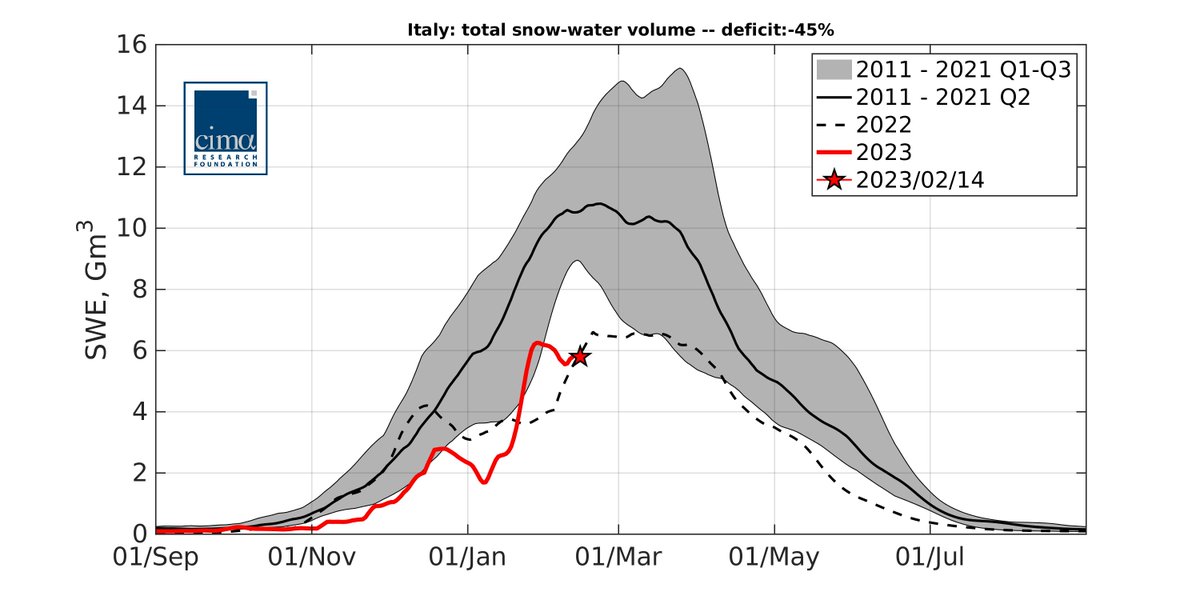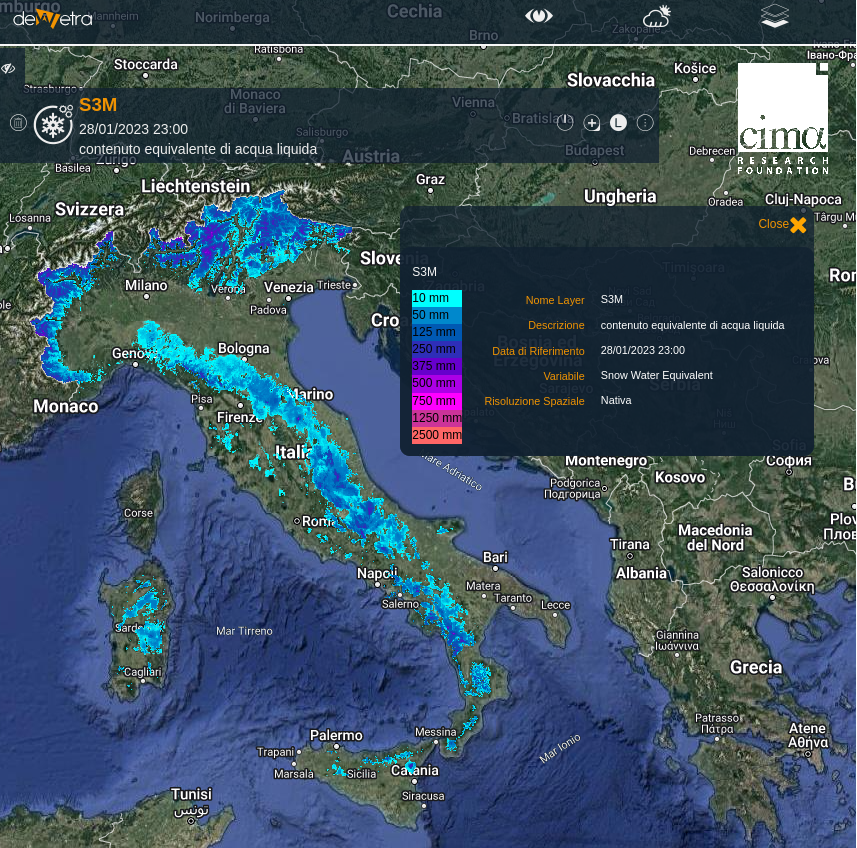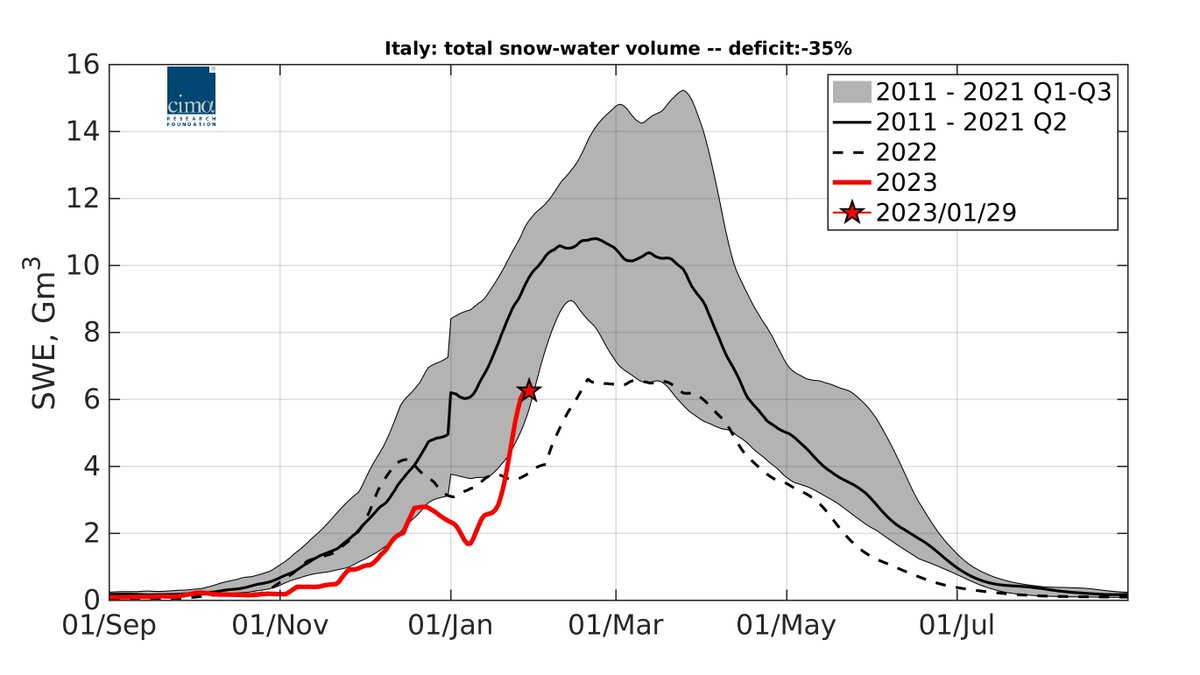
#Climatechange, combined with continued development and urbanization in some areas, has increased the risk of 𝐟𝐥𝐮𝐯𝐢𝐚𝐥 𝐟𝐥𝐨𝐨𝐝𝐢𝐧𝐠 in much of #Europe; and, despite extensive efforts to reduce the #risk, #flood impacts have increased in recent decades. 

The climate crisis makes it increasingly urgent and necessary to put #adaptation strategies, as well as #mitigation, at the center of policies.
So what type of adaptation? How can we, in the face of different risks, identify the most effective #strategies?
So what type of adaptation? How can we, in the face of different risks, identify the most effective #strategies?
A new study in @NatureClimate, co-authored by our Francesco Dottori and Lorenzo Alfieri, focuses on river flooding: simulating different types of interventions, they present a cost-benefit analysis to identify the best strategies for limiting land vulnerability to #flood #risk. 

Find out more on our website! 💻 cimafoundation.org/en/news/river-…
• • •
Missing some Tweet in this thread? You can try to
force a refresh
















